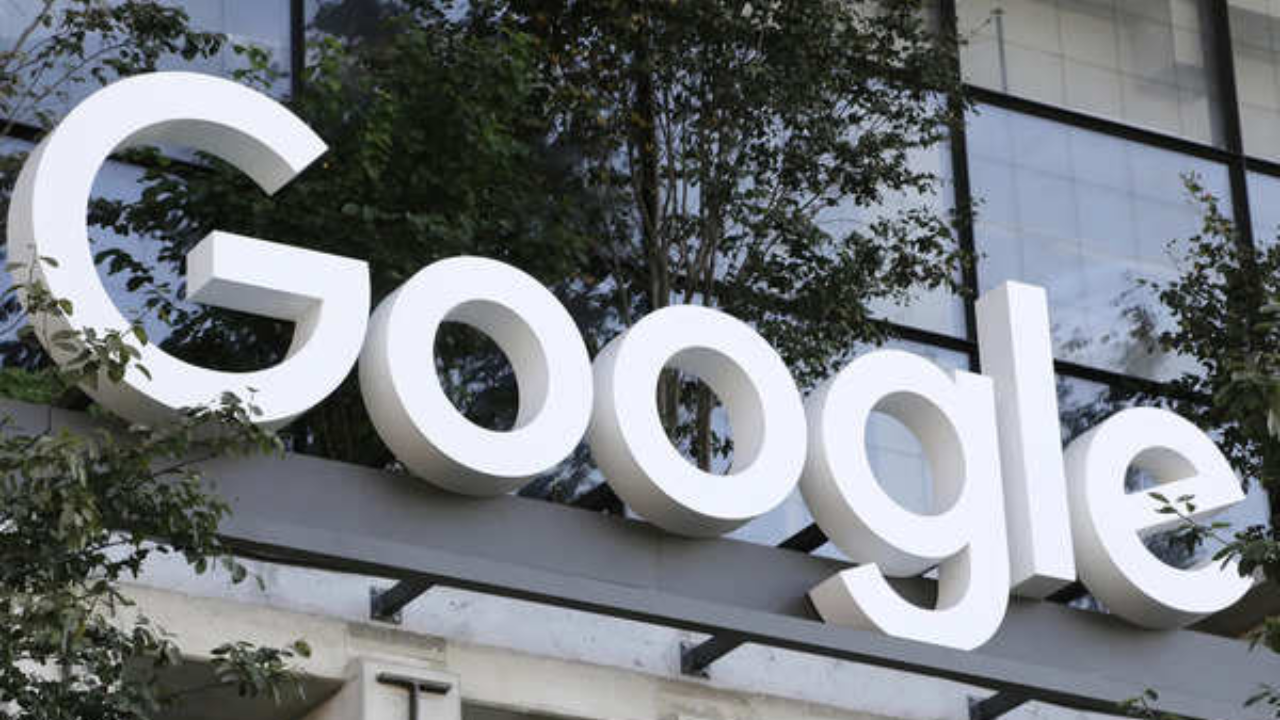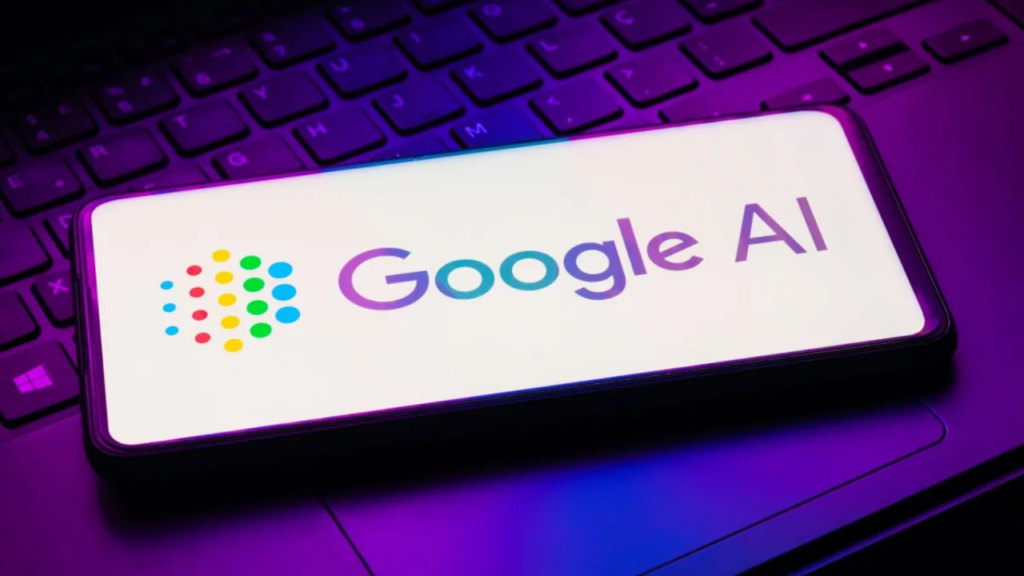
In the fast-paced world of artificial intelligence, big tech companies are always competing to stay ahead of the curve. One of the ways they do this is by acquiring top talent and cutting-edge technology.
Google, a leader in AI development, has made headlines once again by bringing back one of its original AI veterans, Noam Shazeer.
Shazeer, who was instrumental in Google’s AI advancements, left the company a few years ago to start his own AI venture.
Now, in a strategic move that cost Google a whopping $2.7 billion, he’s back, and the company is positioning itself for another leap forward in AI.
But what makes this deal even more interesting is the fact that this wasn’t a straightforward acquisition. Instead, Google took a unique approach to re-secure its AI talent and technology.
Google Has Its AI Veteran Back, and It Only Cost $2.7 Billion
Yes, Google paid $2.7 billion to bring Noam Shazeer, one of its AI pioneers, back into the fold. But the story goes beyond just rehiring a former employee.
Shazeer had left Google in 2021 after disagreements about the release of an AI chatbot he developed. After leaving, he founded Character.ai, a company specializing in conversational AI.
Jelly Roll’s Surprise Appearance in Tulsa King Season 2 Has Everyone Talking
Google’s hefty price tag didn’t go directly into Shazeer’s pocket, though. Instead, the $2.7 billion went into securing a licensing deal for Character.ai’s technology and bringing Shazeer and his team back to work for Google.
While this isn’t an outright acquisition of Character.ai, it functions very similarly. Google can now use Character.ai’s advanced AI tech and has regained Shazeer’s expertise without having to purchase the company outright.
This clever move allows Google to maintain control over the technology while avoiding the legal hurdles of an official acquisition.
However, this deal hasn’t gone unnoticed by regulatory bodies, as some see it as a workaround to typical antitrust scrutiny.
Noam Shazeer: The Brain Behind Google’s AI Success
Noam Shazeer isn’t just any AI developer; he’s one of the masterminds who helped shape Google’s early AI endeavors.
Shazeer started at Google in 2000 and played a significant role in the company’s AI breakthroughs.
He contributed to various projects that laid the groundwork for today’s machine learning and natural language processing tools, which power Google’s search engine and other AI-driven services.
Shazeer’s decision to leave Google in 2021 was a bold one. He ventured out to create Character.ai, a company focused on building conversational AI tools.
This platform quickly gained attention for its innovative approach to creating interactive chatbots that can mimic human conversations.

The company’s success caught the eye of major tech players, but it was Google that ultimately made the move to bring Shazeer back by securing a licensing deal with Character.ai.
This deal ensures that Google retains access to the latest conversational AI technology while reuniting with one of its top AI innovators.
Why Google Didn’t Simply Buy Character.ai
Instead of outright buying Character.ai, Google chose to pay for a licensing agreement and bring Shazeer and his team back into the company.
This approach allows Google to sidestep some of the regulatory challenges that often come with acquisitions, especially considering its ongoing antitrust cases.
By licensing the technology instead of purchasing the company, Google can access Character.ai’s intellectual property while avoiding the lengthy process of securing approval from regulatory bodies.
This isn’t the first time tech companies have used this strategy. For example, Microsoft employed a similar tactic with Inflection AI, paying $650 million to license the company’s technology and hire most of its staff without officially acquiring the business.
It’s a creative approach that allows companies like Google to access valuable technology without facing the scrutiny of an official acquisition.
What This Means for Google’s AI Future
Bringing Noam Shazeer and Character.ai’s technology back into the fold represents a significant investment in Google’s AI future.
With competition in the AI space heating up, Google is making moves to ensure it stays at the forefront of innovation.
By securing Shazeer and his team, Google not only gains access to advanced conversational AI but also strengthens its position against competitors like Microsoft and OpenAI, who have been aggressively pursuing their own AI advancements.
This move signals that Google is doubling down on AI as a key part of its business strategy. As AI continues to evolve and integrate into more aspects of daily life, having the right talent and technology will be crucial for companies looking to lead the way.
With Shazeer back in the mix, Google is poised to make significant strides in AI development, particularly in areas like natural language processing and machine learning.
Mark Zuckerberg’s Daughter Dreams of Being Taylor Swift, But He Said No!
Potential Challenges: Will Regulators Step In?
Although Google didn’t technically acquire Character.ai, the $2.7 billion deal is still drawing attention from regulatory bodies.
In recent years, Google has faced multiple antitrust lawsuits, with critics accusing the company of using its financial power to stifle competition.
This latest move, while clever, may still come under scrutiny from regulators who see it as a way for Google to exert control over the AI market without going through the legal process of a formal acquisition.
The Federal Trade Commission (FTC) and other regulatory bodies are keeping a close eye on big tech companies, and it’s possible that this deal could face some form of investigation.
While Google may have avoided a full-blown acquisition, its actions could still be seen as anti-competitive, especially given its dominant position in the tech industry.
